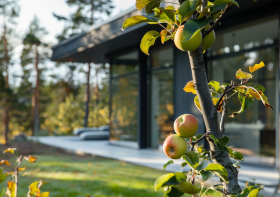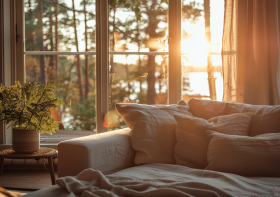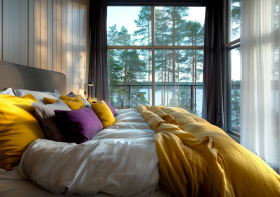How Different Colors Influence Mood and Ambiance in Your Home
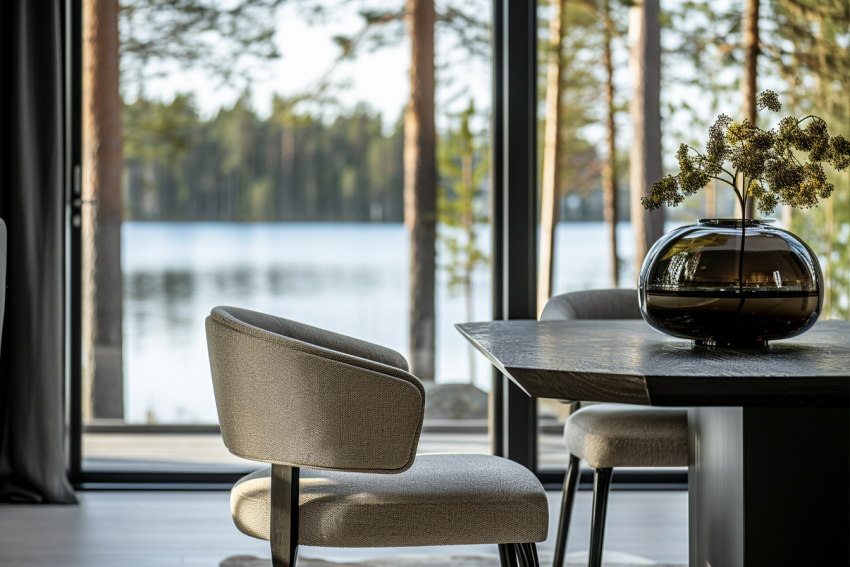
Color is more than just a visual element in interior design; it’s a powerful tool that can significantly impact the mood and ambiance of a room. The colors we surround ourselves with can influence our emotions, thoughts, and even behaviors. In this post, we explore how different colors affect the atmosphere of a space and offer tips on choosing the right palette for your home.
Warm Colors: Energizing and Inviting
Warm colors, often associated with sunlight and heat, comprise hues from the red, orange, and yellow families. These colors evoke feelings of warmth and comfort and are known for their ability to energize and invigorate spaces.
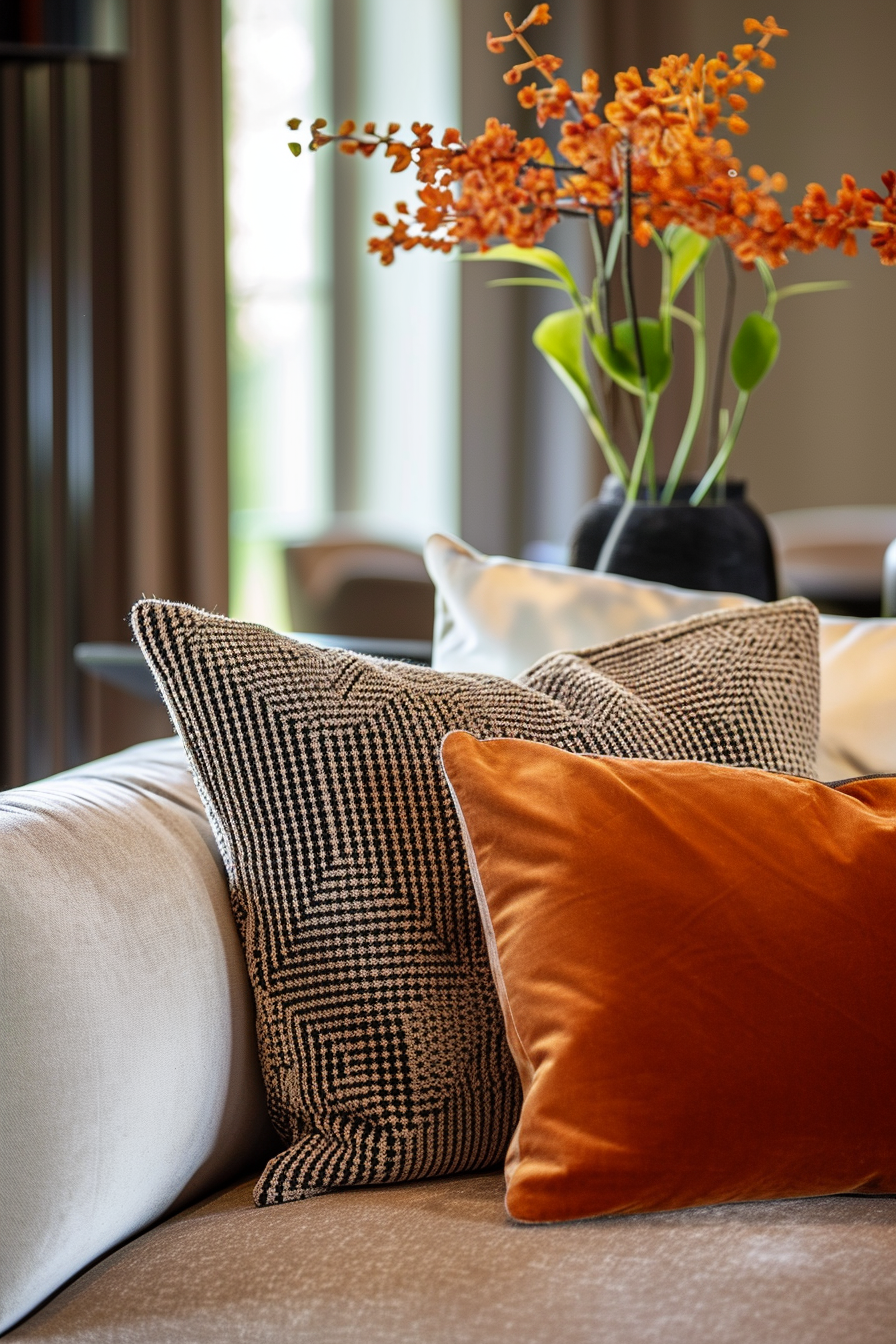
Red
Often associated with passion and energy, red can raise a room’s energy level and is believed to stimulate appetite, making it a popular choice for dining rooms.
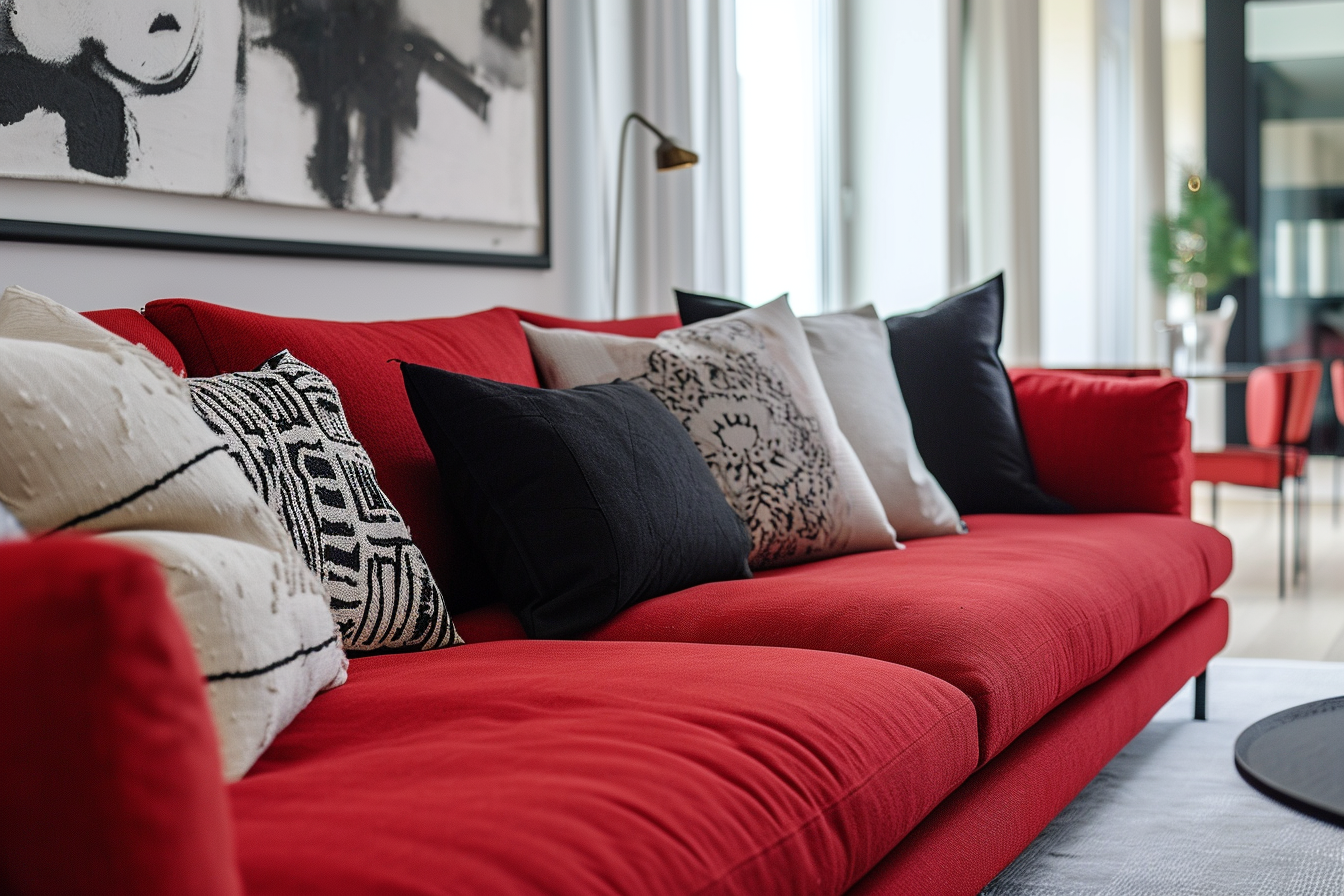
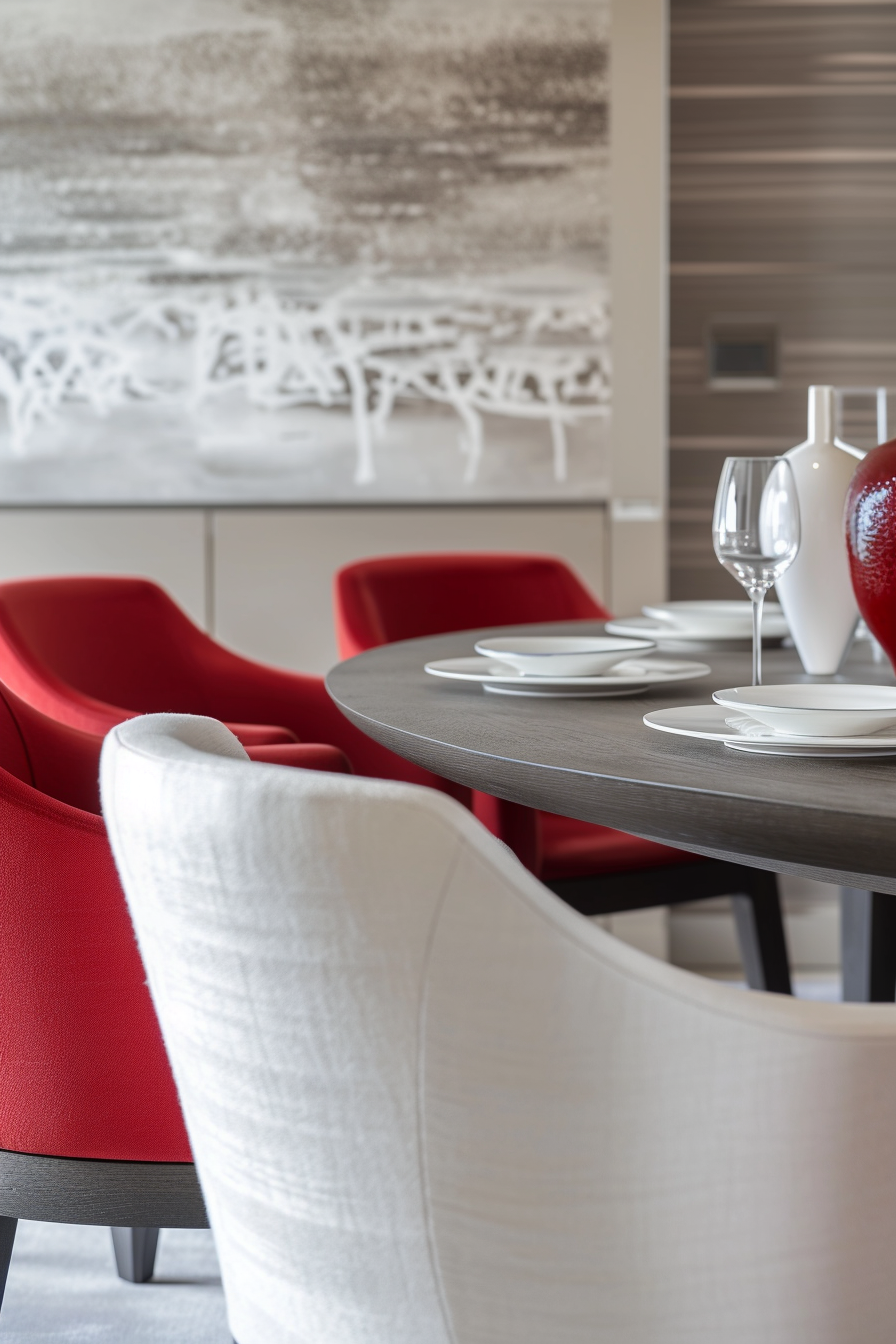
Orange
A vibrant and cheerful color, orange is believed to promote socialization and activity, ideal for living rooms and play areas.
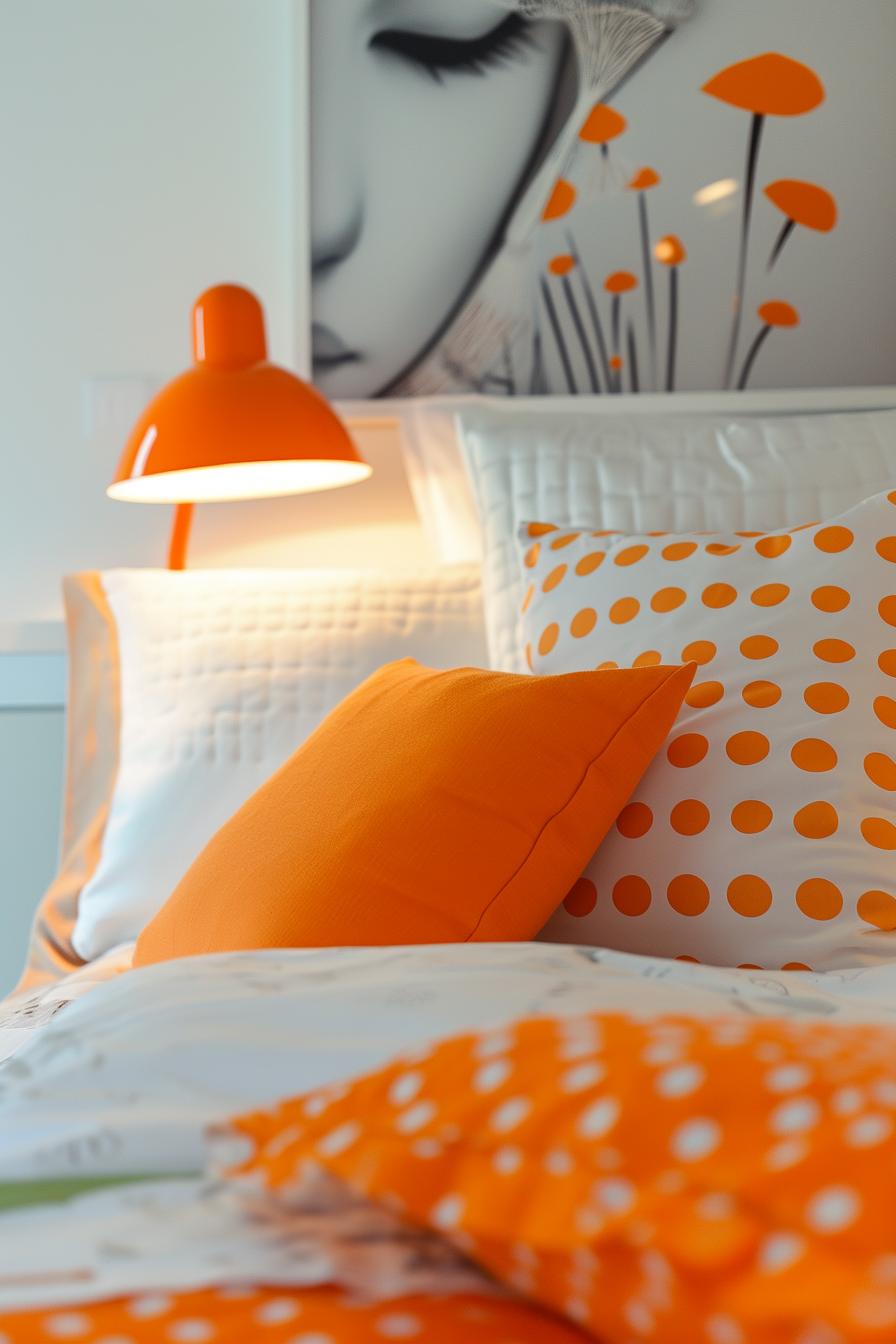
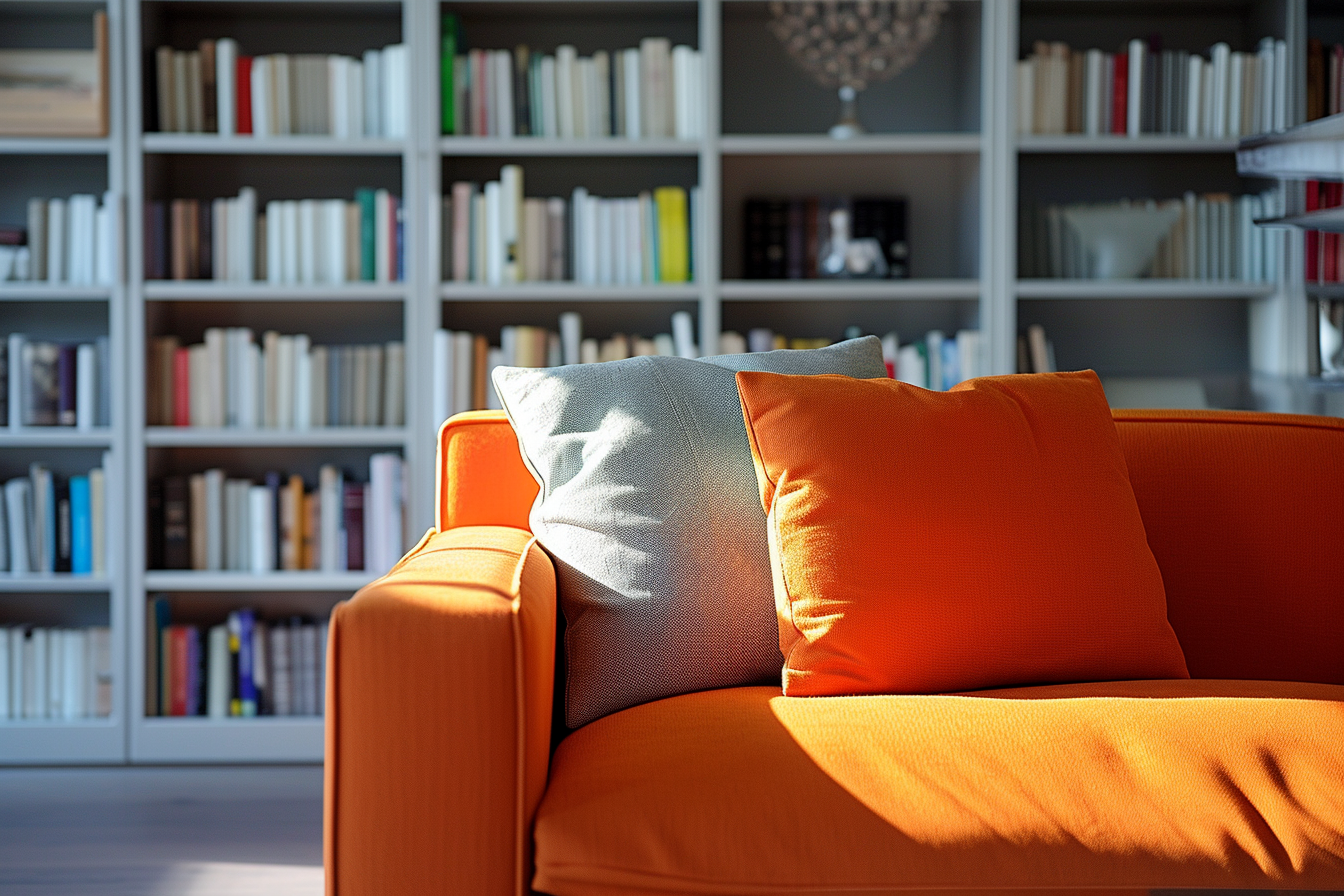
Yellow
The color of sunshine, yellow communicates happiness and optimism. In softer shades, it can light up a room and make it feel more expensive.
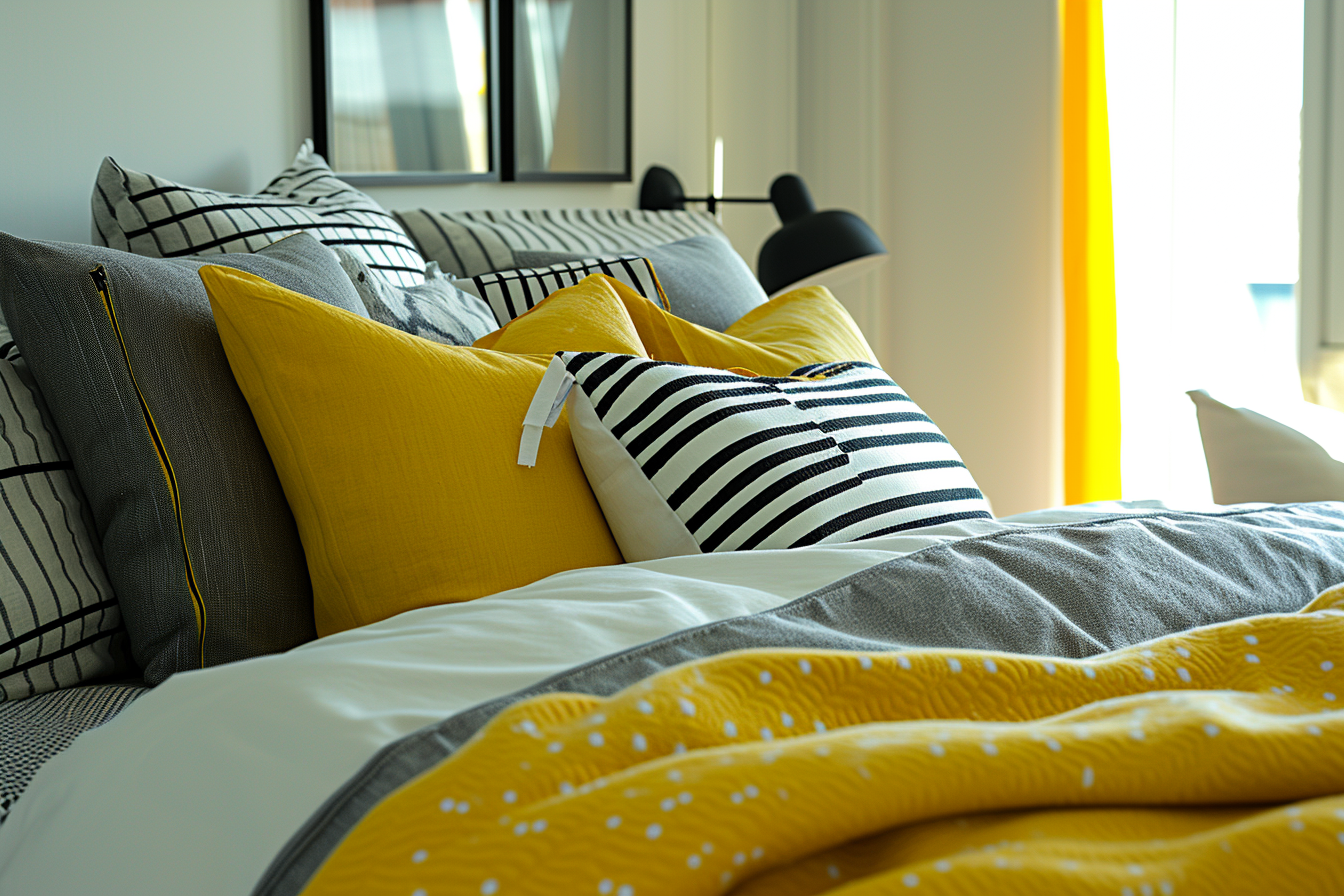
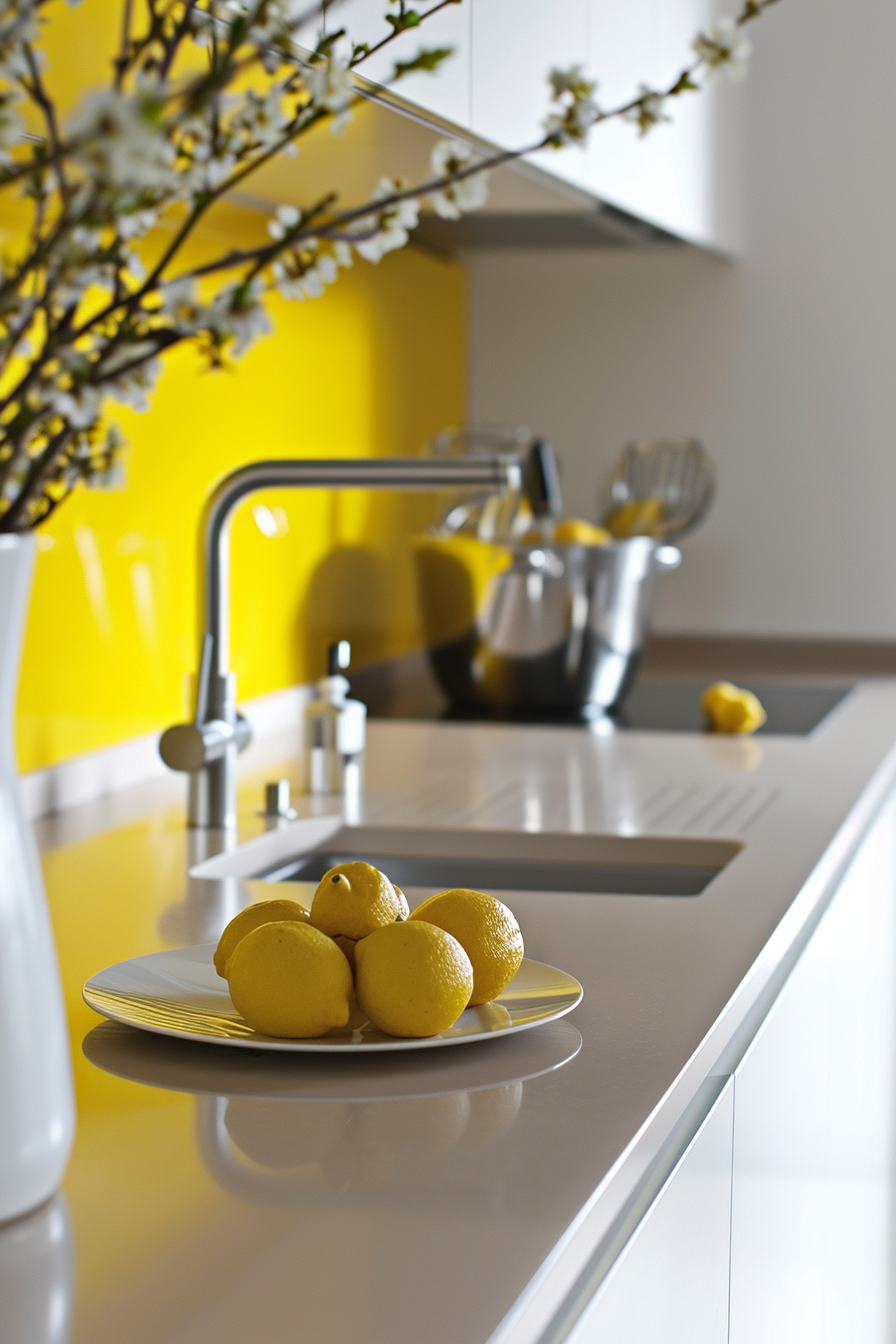
Cool Colors
Cool colors, found on the other end of the color spectrum, include shades of blue, green, and purple. These hues are reminiscent of water, sky, and foliage, evoking a sense of calm, relaxation, and rejuvenation.
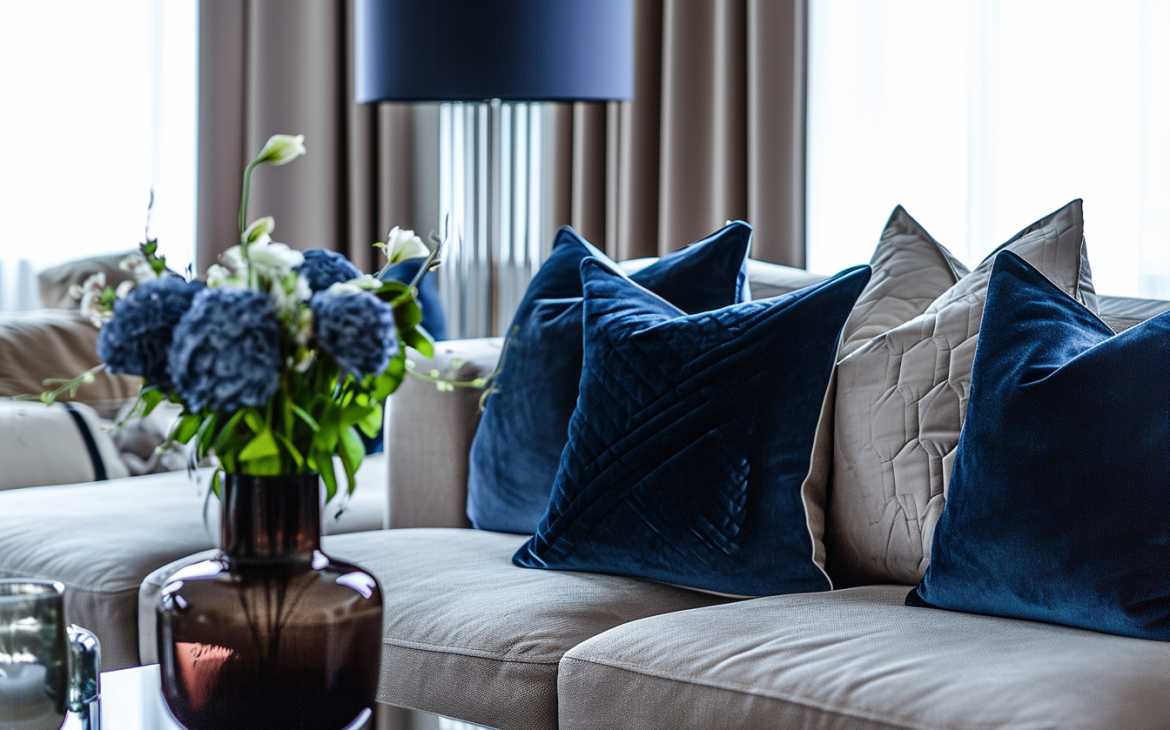
Blue
Known for its calming effect, blue is ideal for bedrooms and bathrooms. Lighter blues can be refreshing and serene, while darker shades can convey richness and depth.
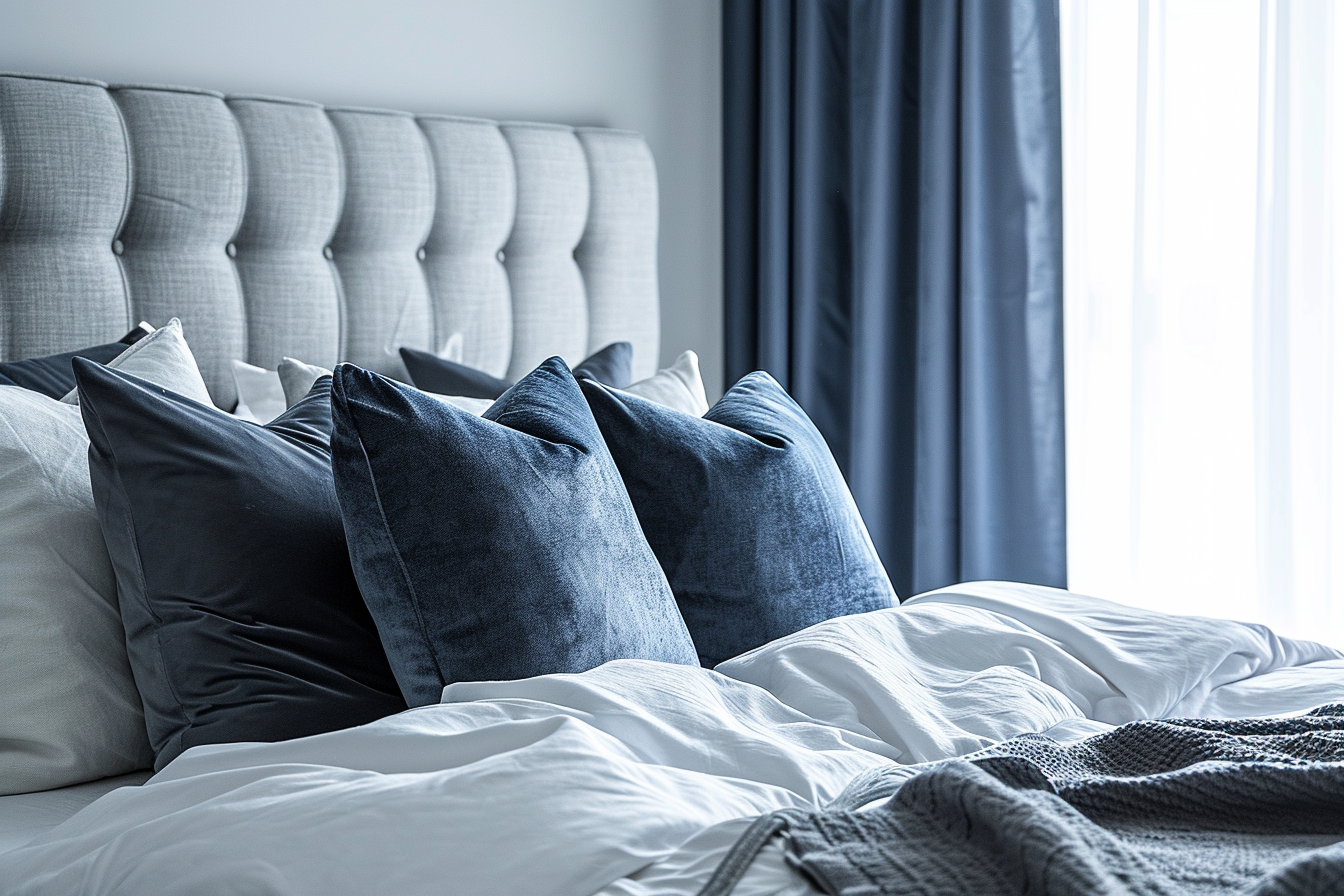
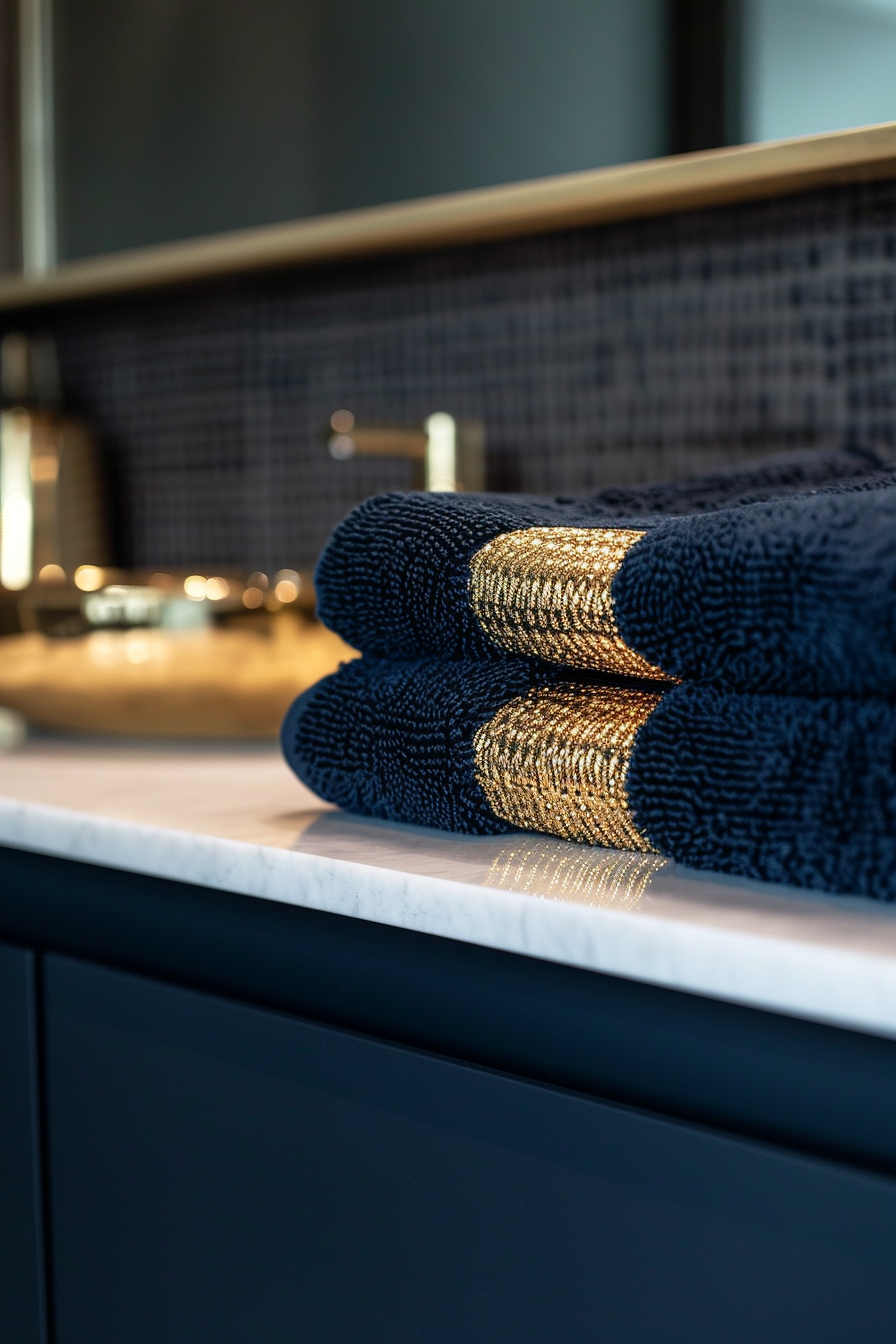
Green
Combining the refreshing quality of blue and the cheerfulness of yellow, green is suited for almost any room in the house. It’s particularly effective in promoting relaxation in living rooms or bedrooms.
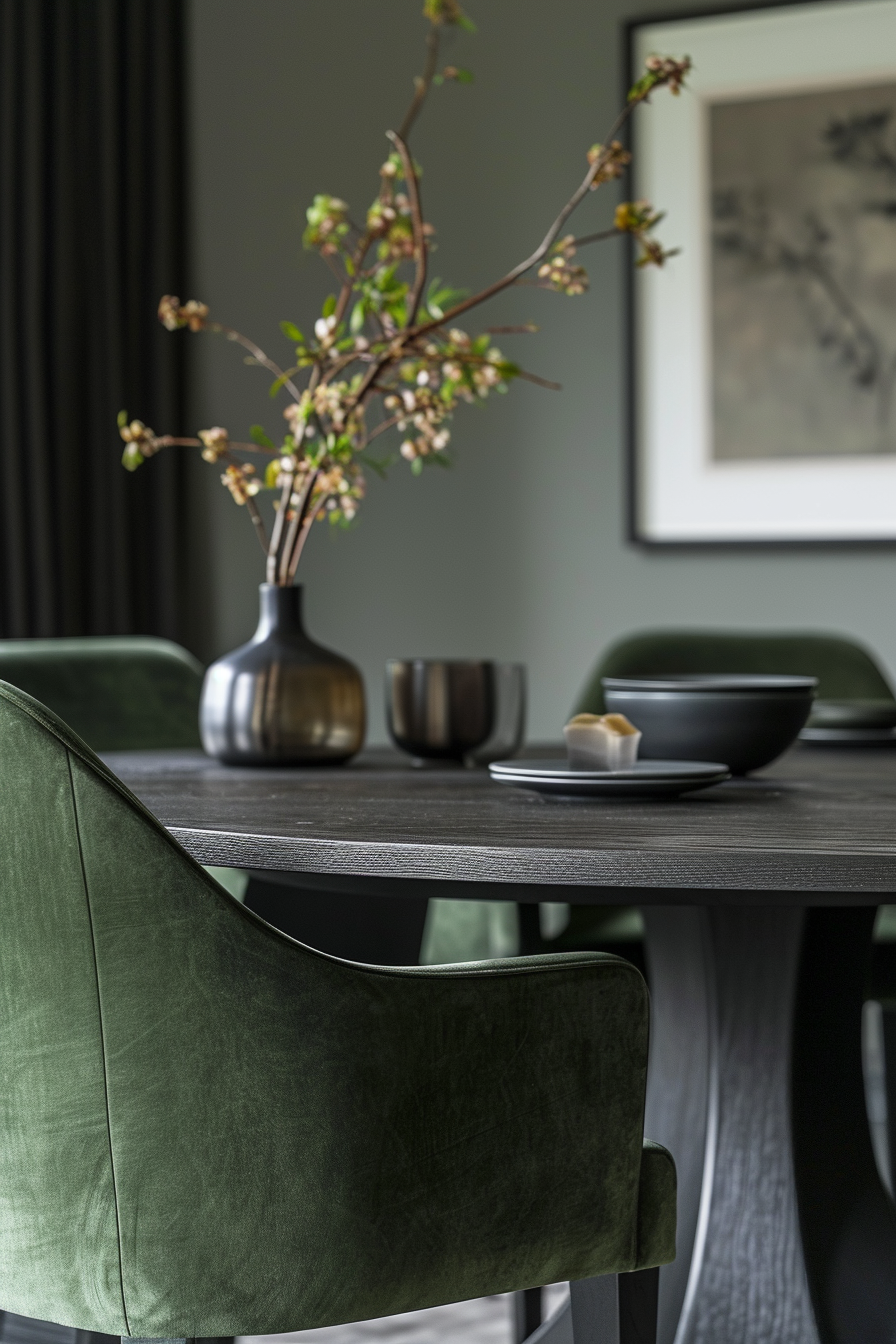
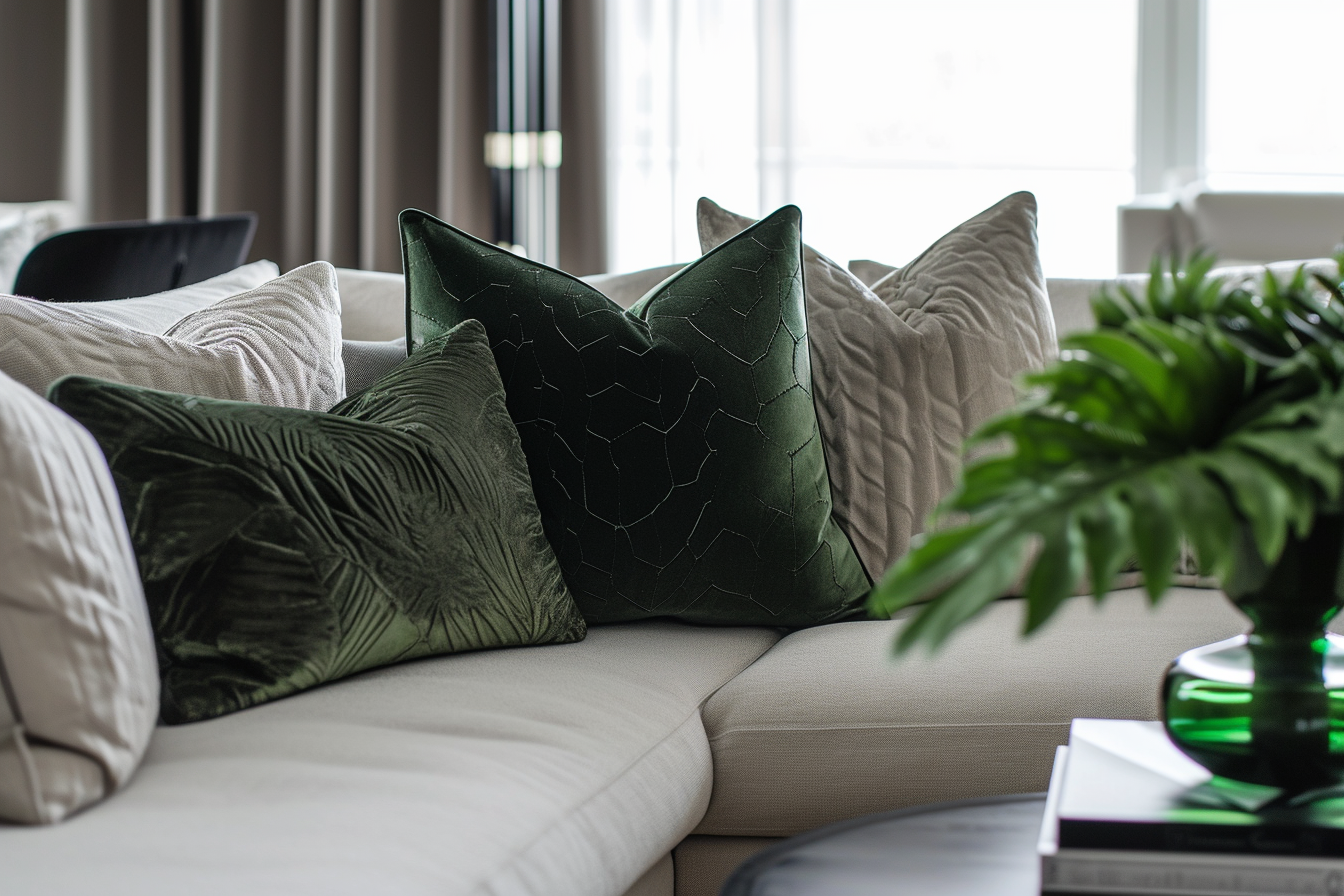
Purple
Often associated with luxury and creativity, lighter shades of purple, like lavender, can bring a restful quality to bedrooms.
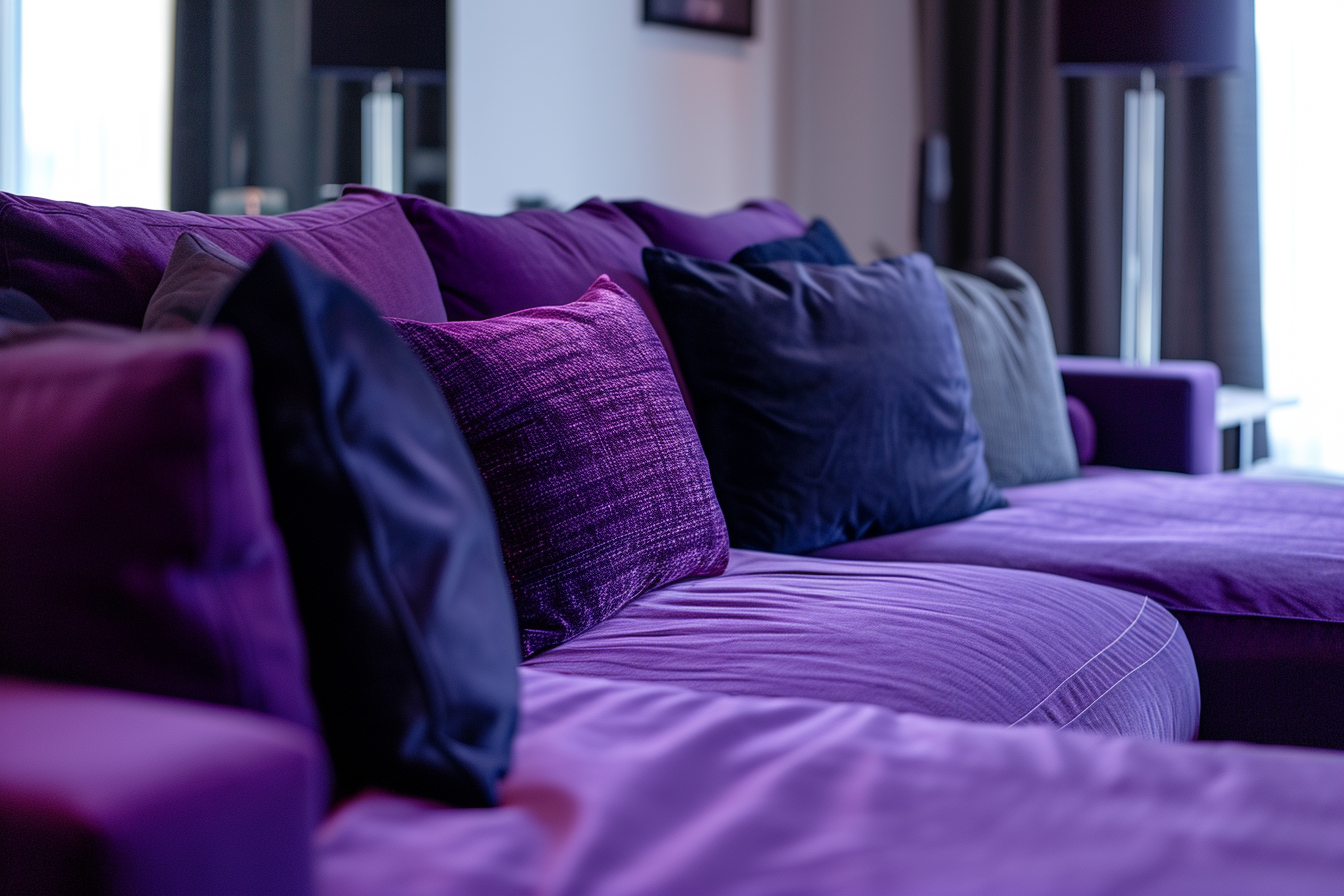
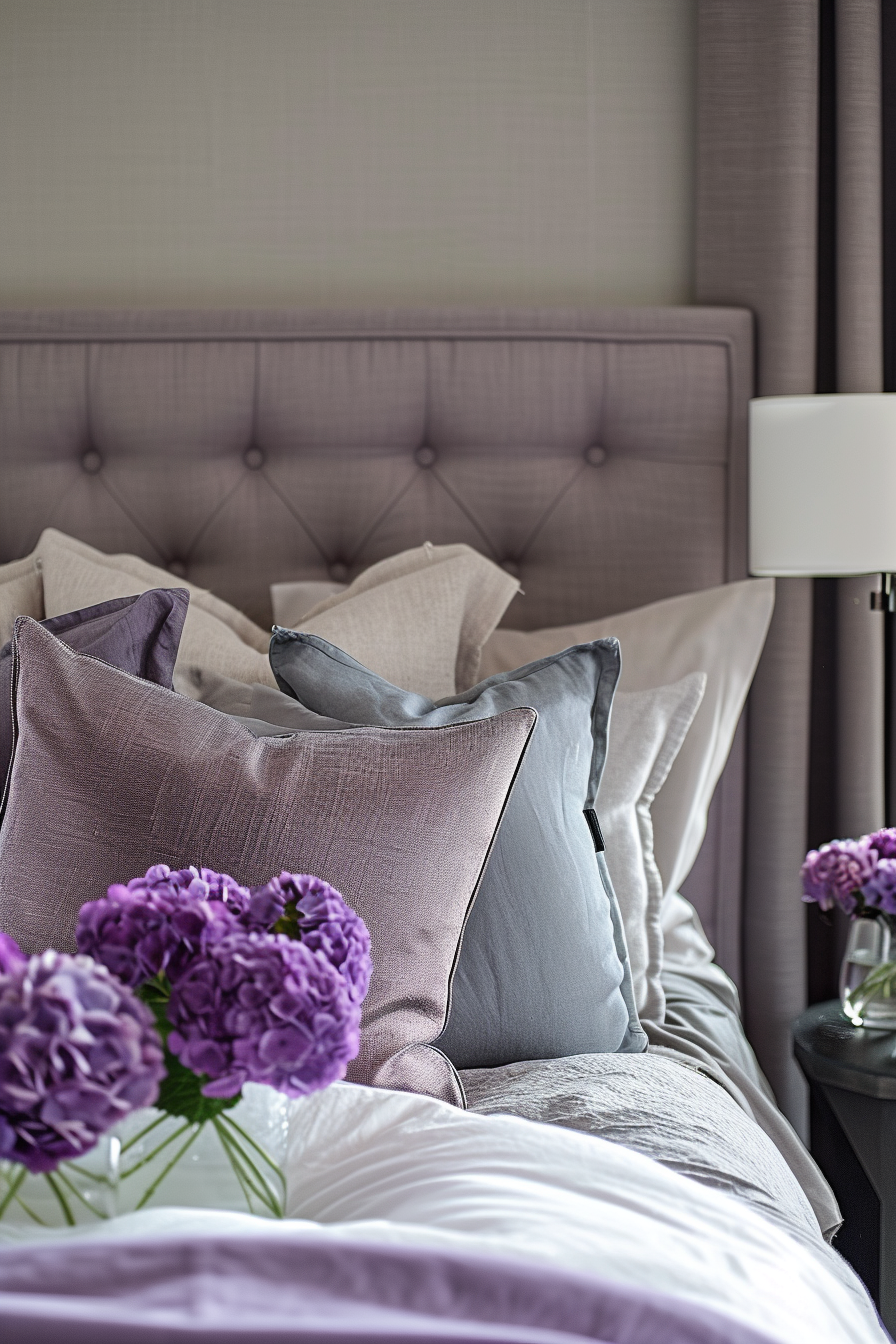
Neutral Colors
Neutral colors, which include shades of white, black, gray, and sometimes browns and beiges, are the cornerstone of many interior design schemes due to their incredible versatility and timeless appeal. These colors form the foundation of a room, providing a backdrop against which other colors and textures can stand out.
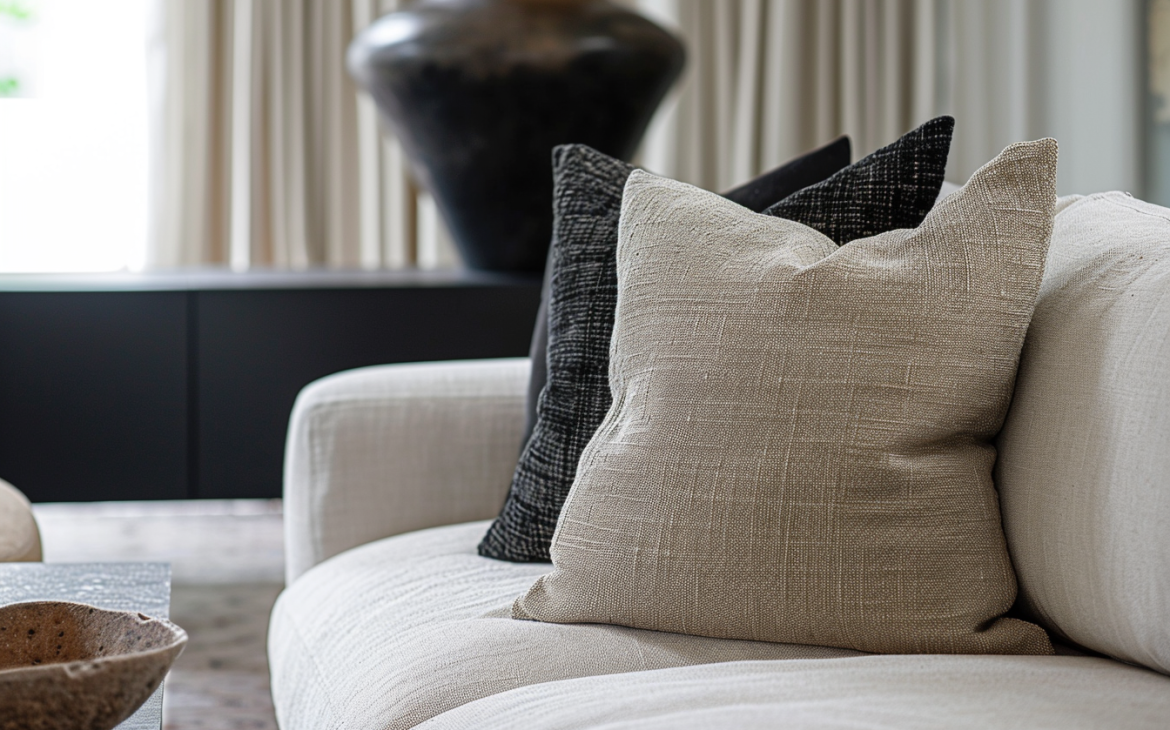
White
White can make rooms feel larger and more spacious. It represents purity and cleanliness, often used to create a minimalist or modern look.
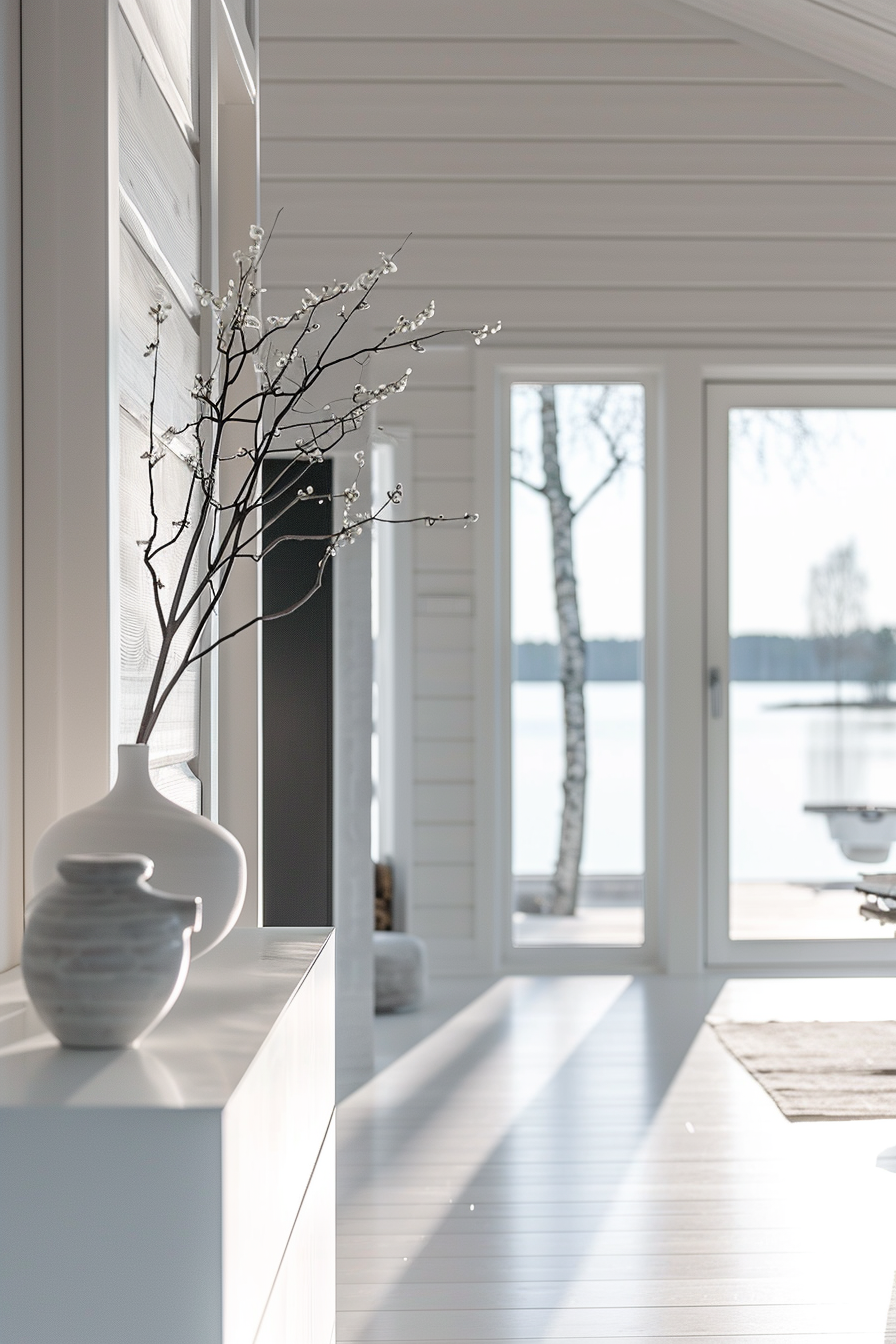
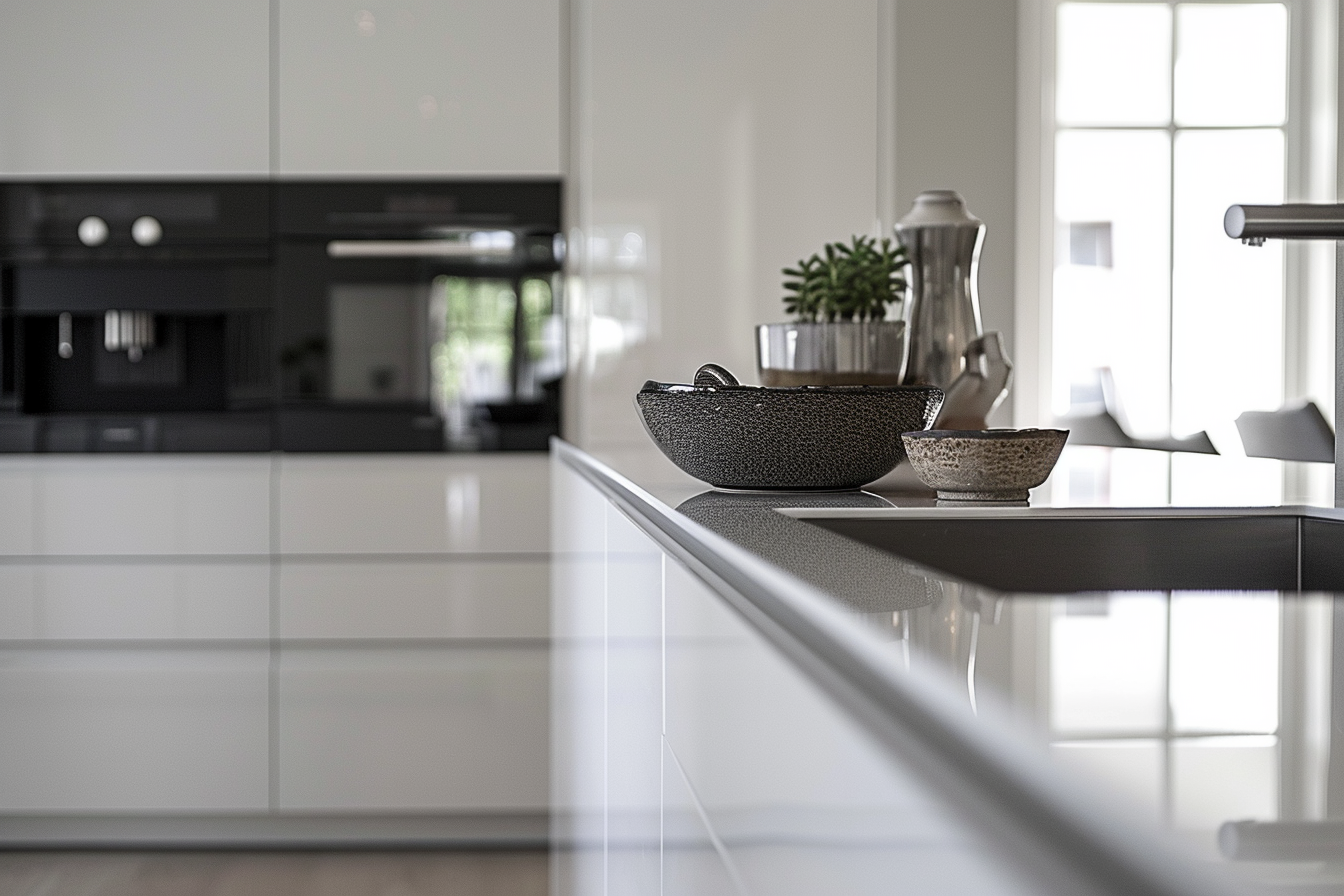
Black
While too much black can make a room feel heavy, when used in accents, it adds a sense of depth and sophistication.
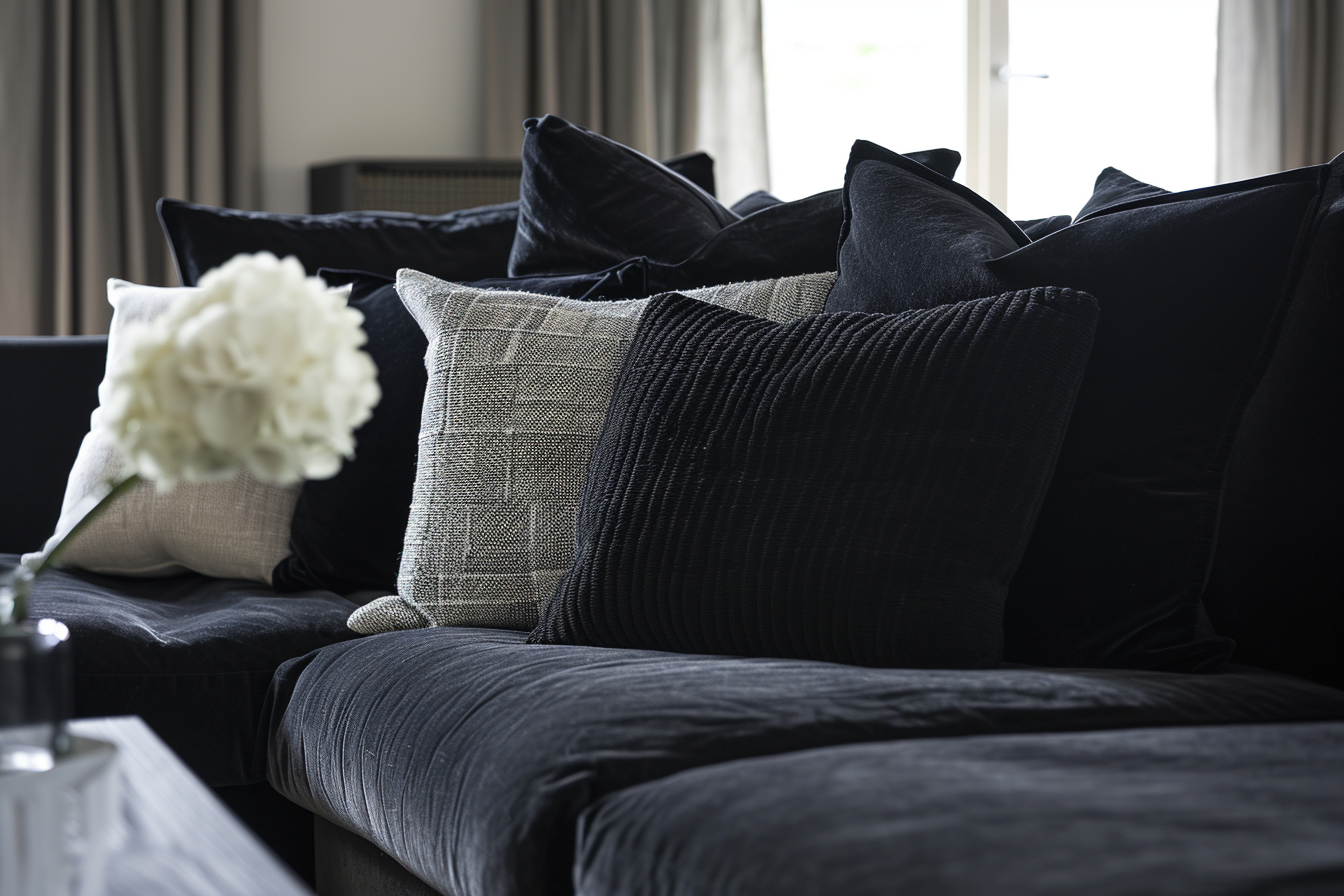
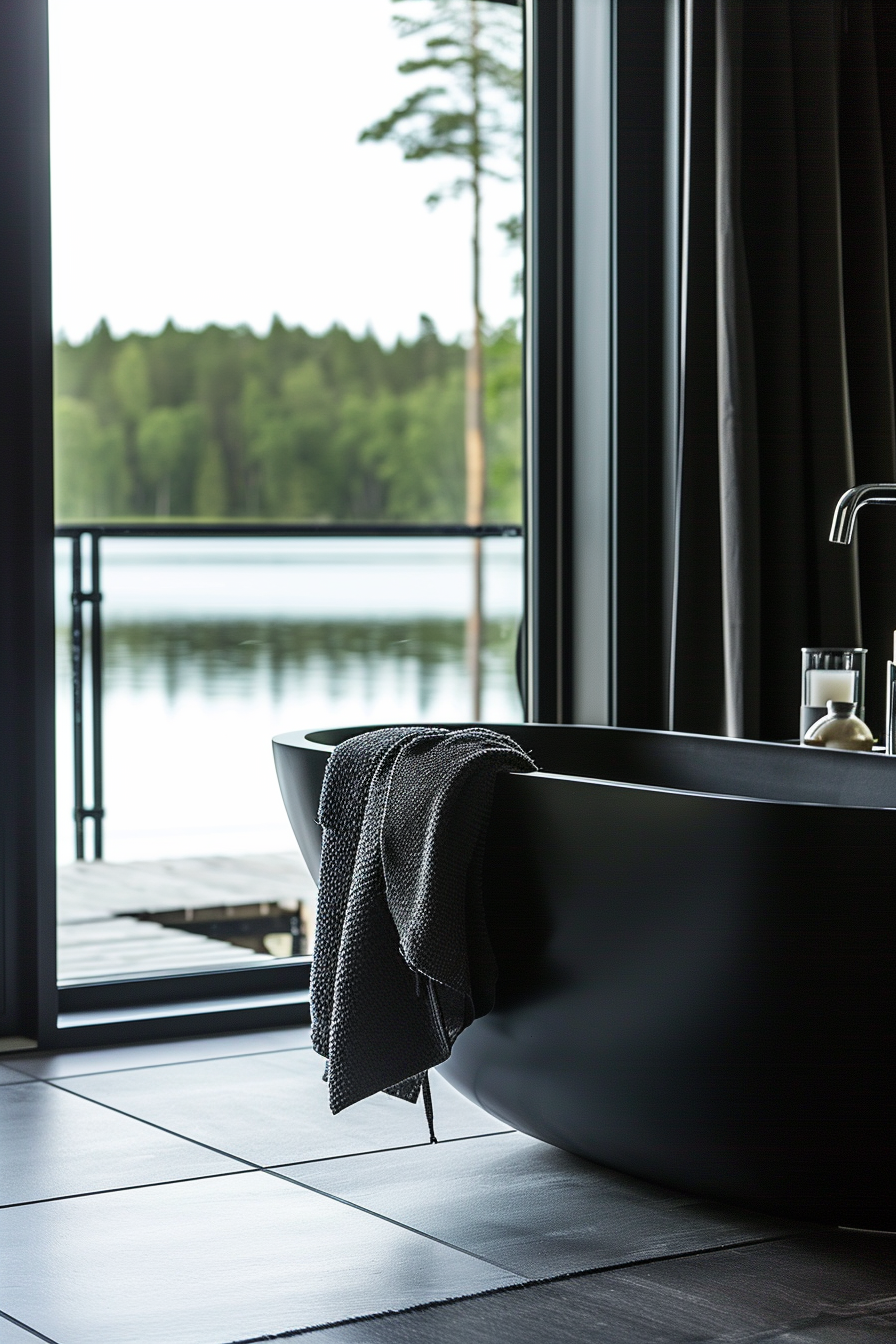
Gray
The perfect neutral, gray can be cool or warm. It’s an excellent backdrop for both colorful and monochromatic palettes, offering a contemporary feel.
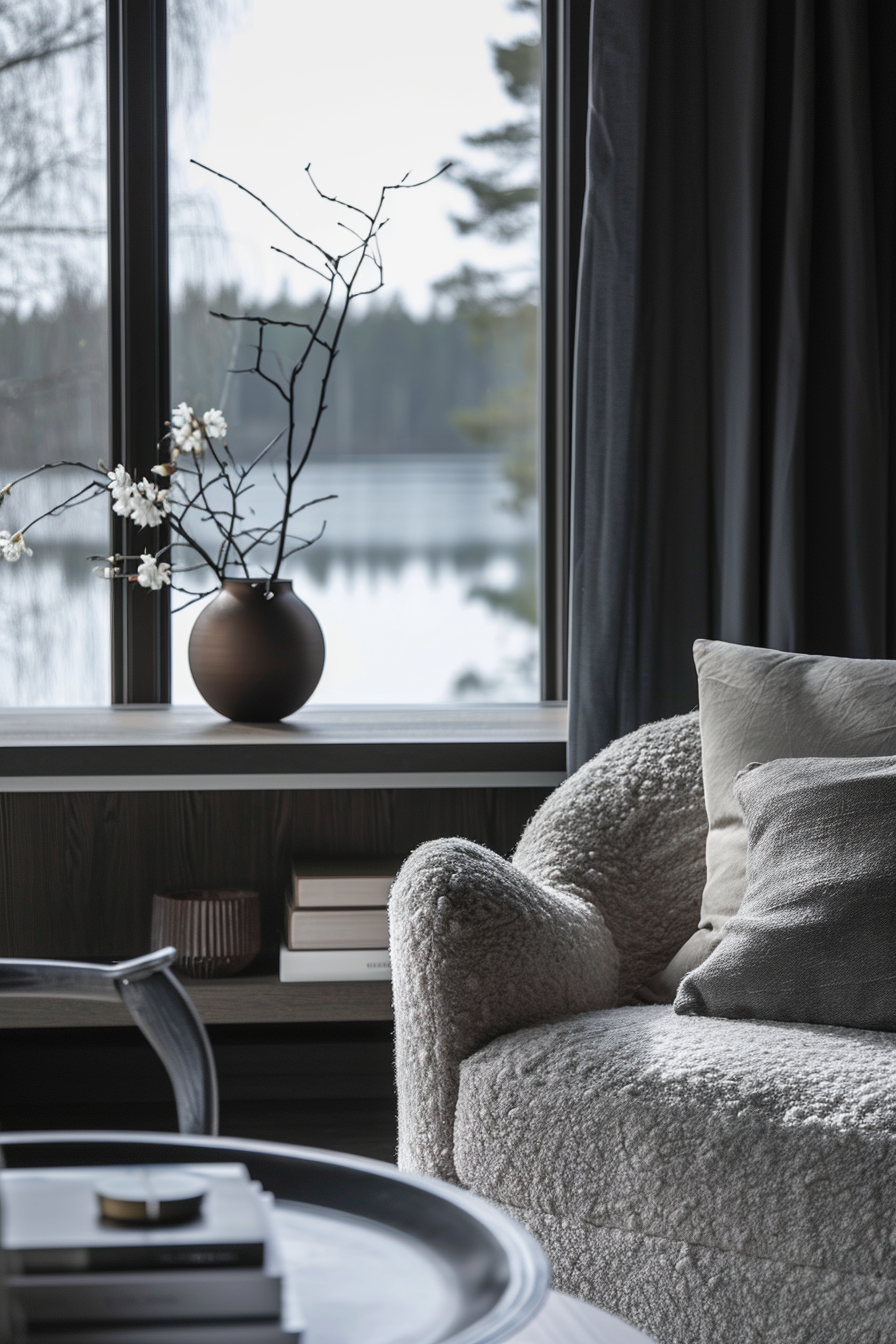
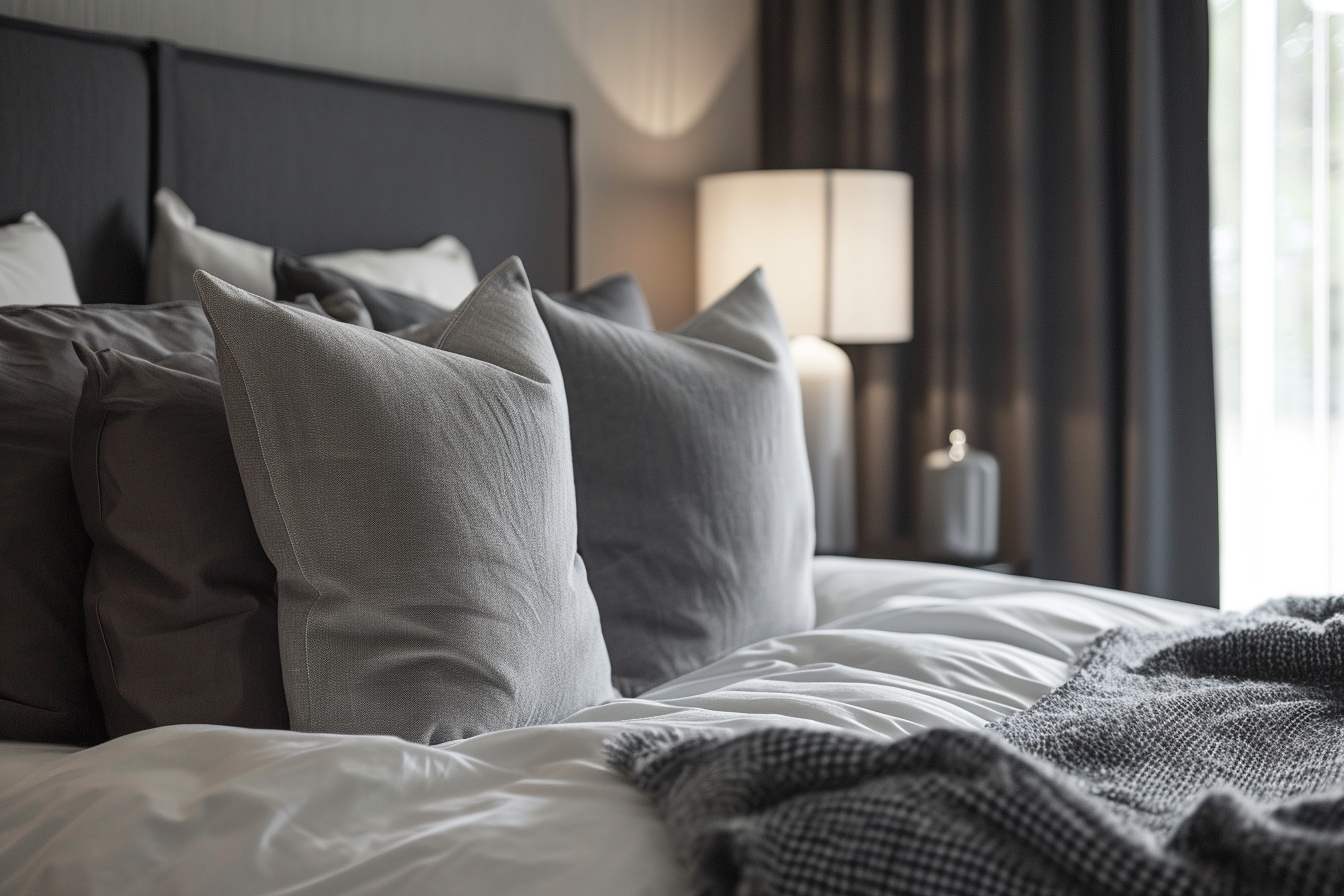
The Psychology Behind Colors
Colors can have psychological effects. For example, certain shades of blue can be tranquil and steady, while intense reds can evoke feelings of urgency or excitement. The psychological effects of colors are profound and can influence our mood, behavior, and overall perception of space. Each color has a unique psychological profile, affecting us in various ways.
It’s important to note that reactions to colors can also be highly personal, influenced by past experiences and cultural backgrounds. What might be calming to one person could be perceived as cold or distant by another. Understanding how different colors interact can help in creating balanced spaces.
The psychological effects of colors are a powerful tool in interior design and personal expression. By understanding the emotional and behavioral impact of different hues, we can create spaces that not only look beautiful but also evoke the desired mood and atmosphere.
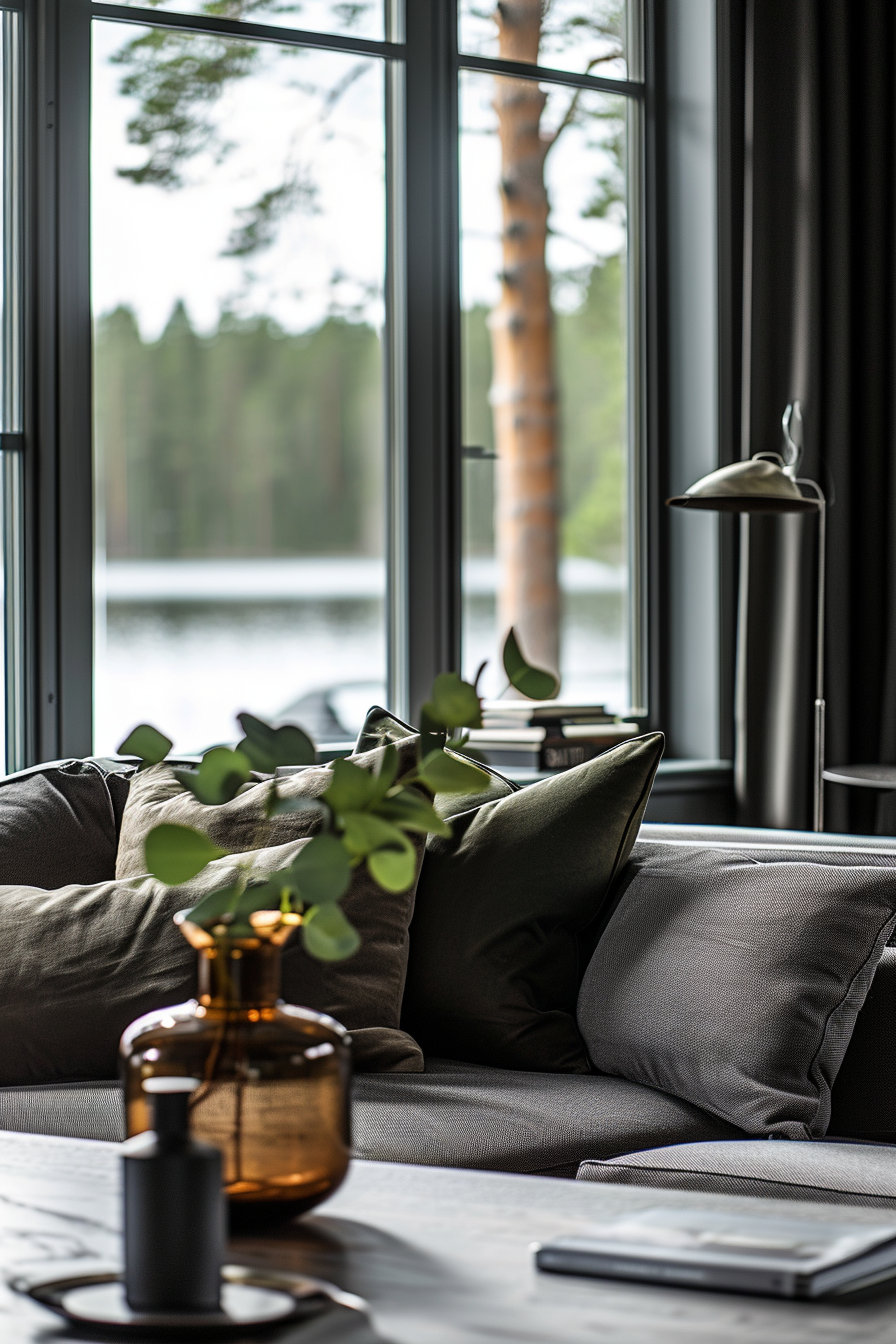
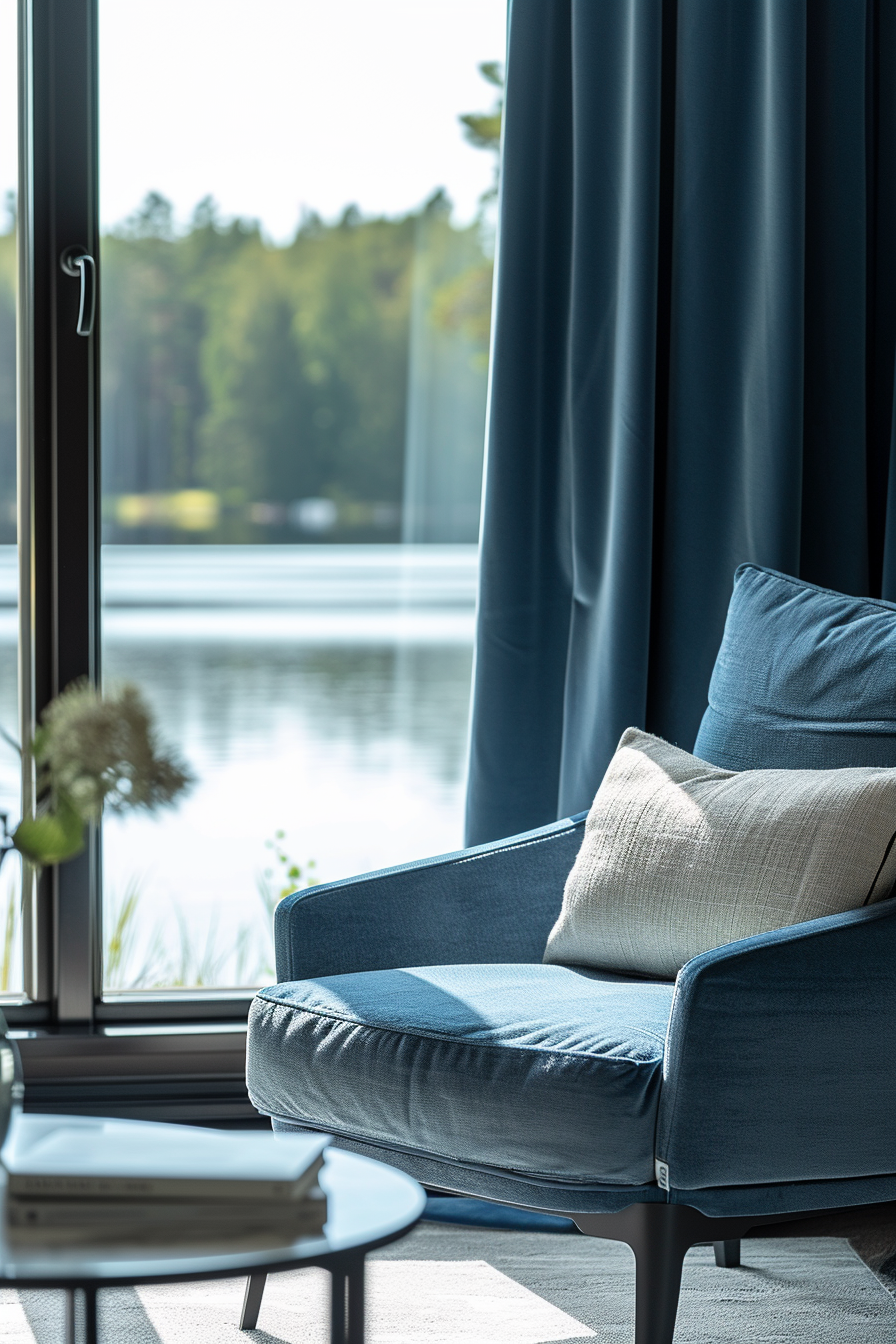
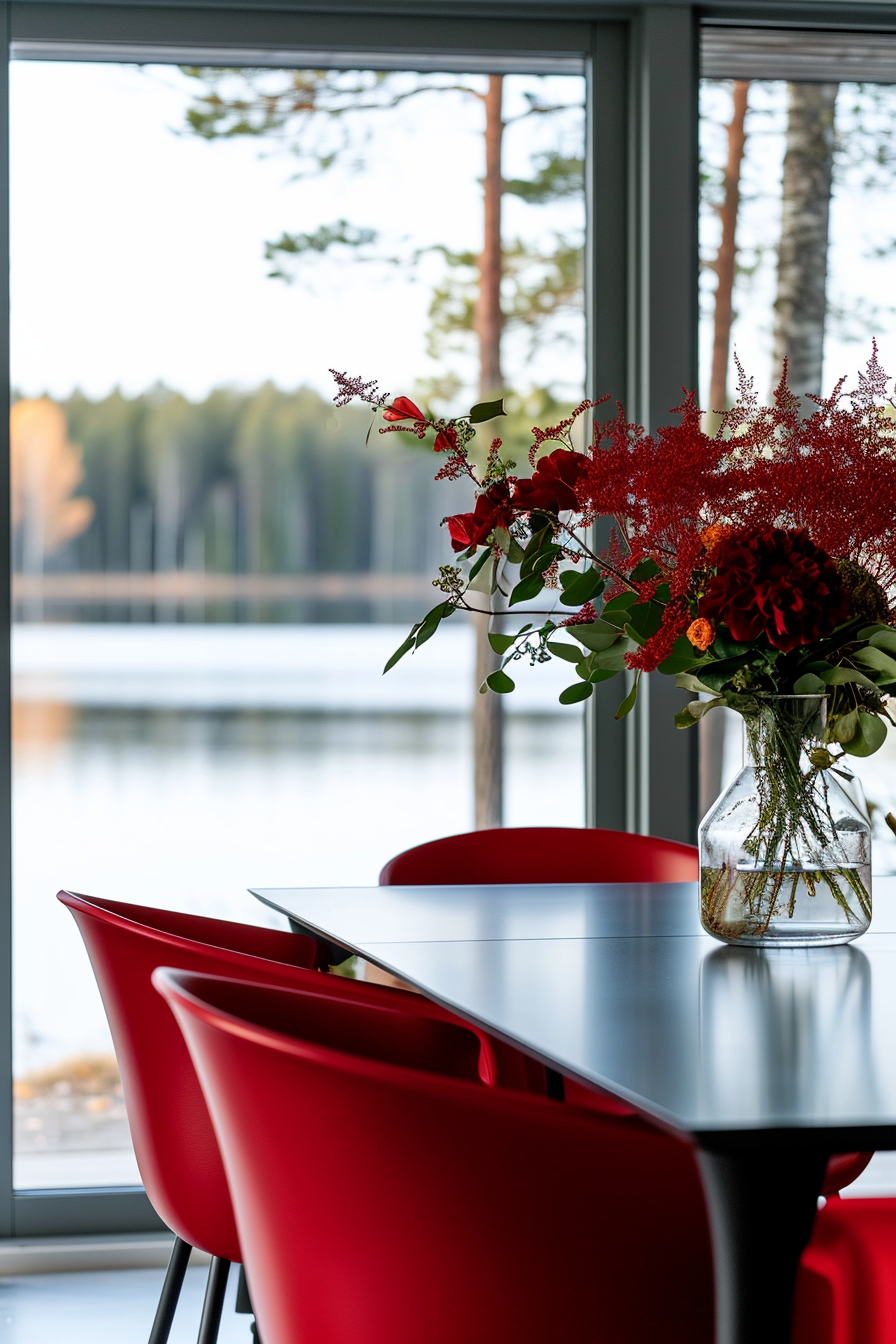
Tips for Choosing Room Colors
Choose colors based on the room’s function. A bedroom might benefit from calming blues or greens, while a study or home office might thrive with energizing yellows or oranges.
Colors can look different under various lighting conditions. Test paint samples at different times of the day to see how they look in natural and artificial light.
If you’re not sure about a color, start with a small area or an accent wall. It’s a great way to experiment without committing to painting an entire room.
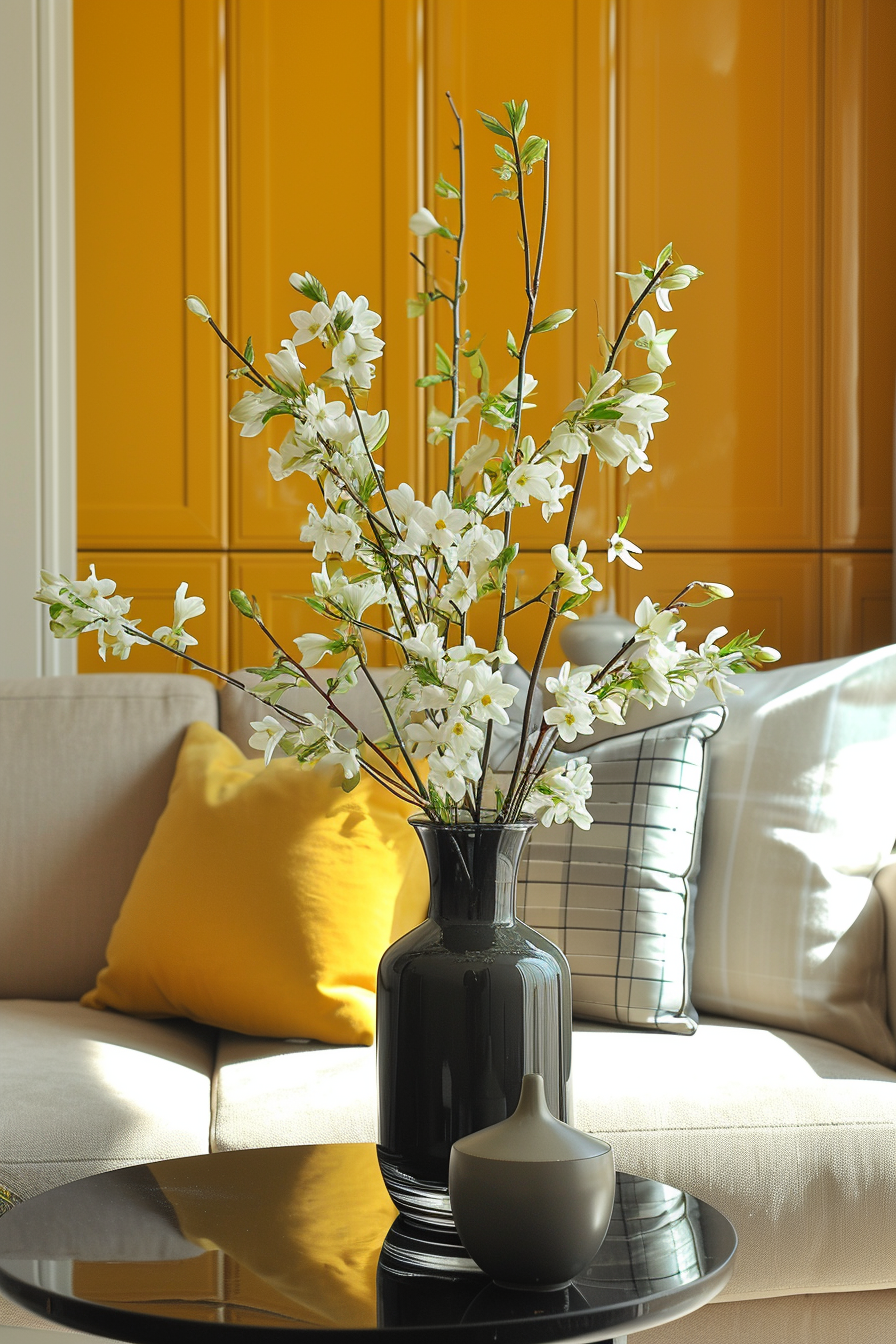
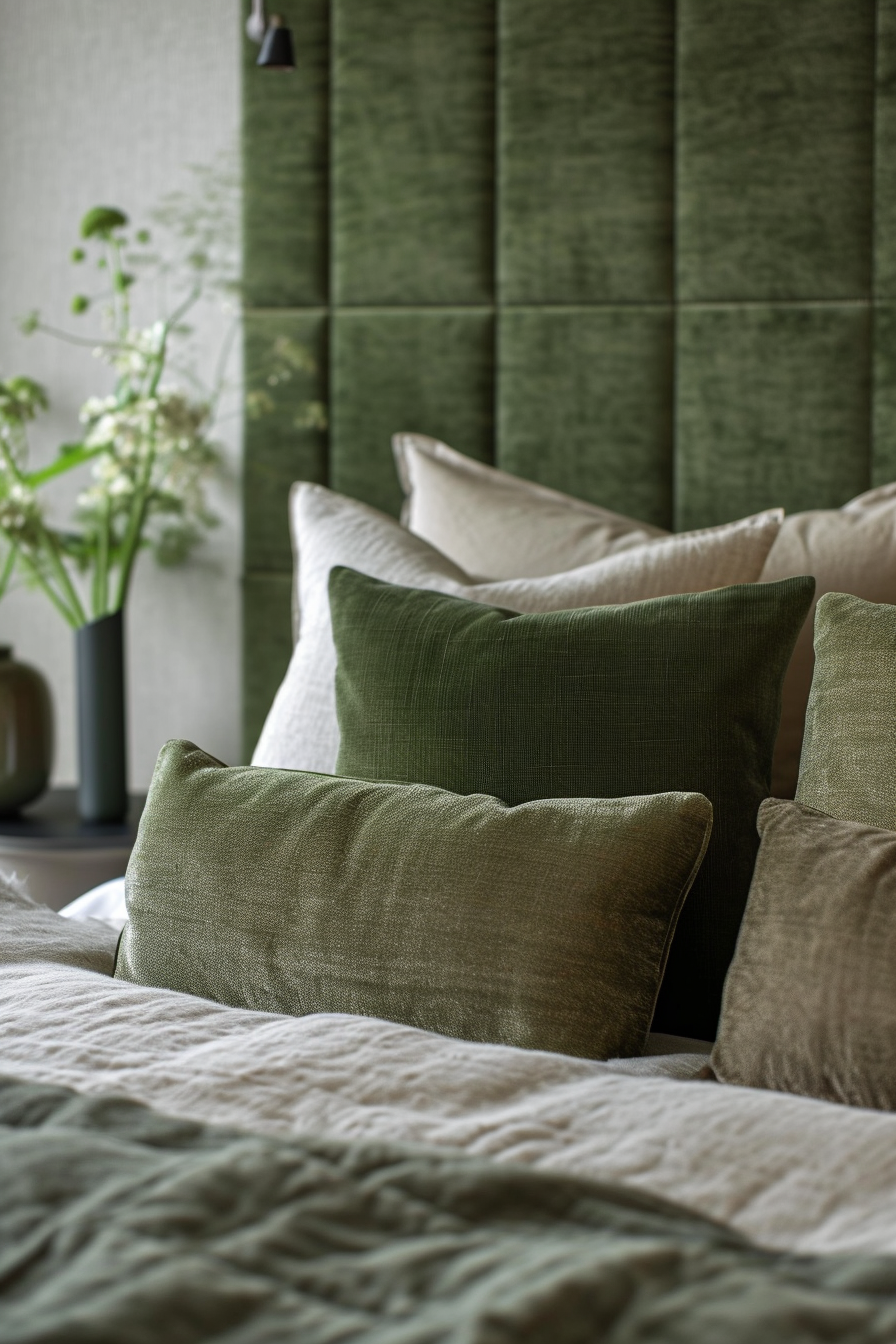
Whether you’re painting a whole house or just adding a few color accents, keep in mind how colors interact with each other, the room’s lighting, and most importantly, how they make you feel. Your home is your canvas; let it express your unique story through the colors you choose.
If you want to learn more about the colors in Interior design, buy my book Color theory in interior design from Amazon.

